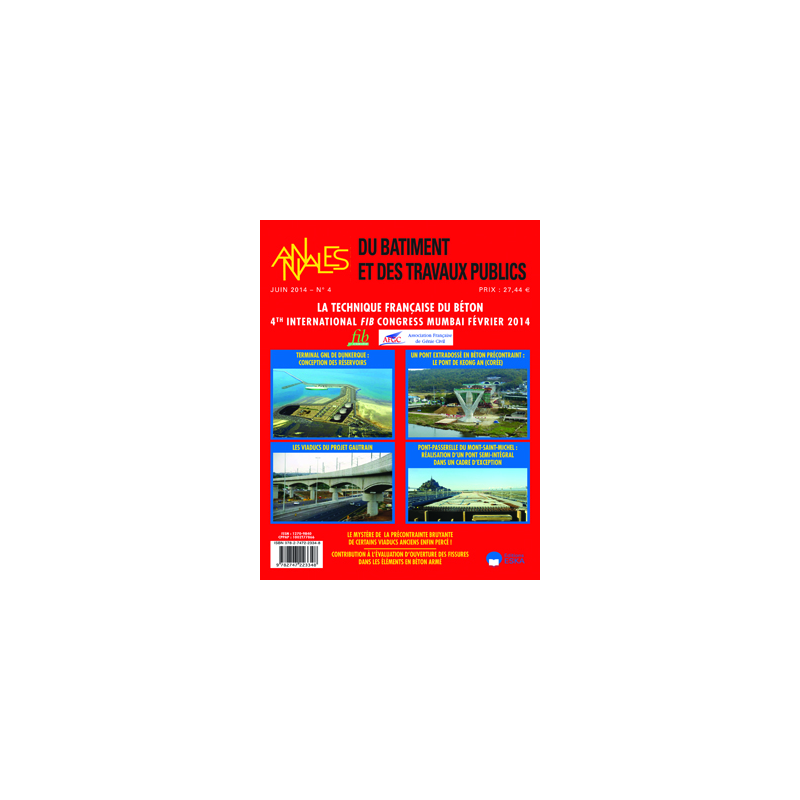



 Security policy
Security policy
(edit with the Customer Reassurance module)
 Delivery policy
Delivery policy
(edit with the Customer Reassurance module)
An extradosed prestressed concrete bridge: Keong An bridge (Korea)
Serge MONTENTS, Mohamed AKRAA
SYSTRA
Abstract
In 2001, SYSTRA worked with Hyundai Engineering & Construction Co. (HDEC) and Dong-Il Engineering company, in order to answer a turnkey design and construction competition for the Songnam-Janghowon highway project in Korea. The main bridge on this highway is the Keong An bridge. SYSTRA designed an extradosed prestressed concrete bridge to cross the river. This bridge has three spans: 70 – 130 – 70 m. The deck is 30 m wide. It carries three lanes in both directions. A central plane was chosen for the extradosed cables, for aesthetic reasons. Due to the moderate span (130 m), it is not necessary to have variable depth for the deck. The deck is then easier to build. The deck is longitudinally prestressed by:
– cantilever internal tendons placed in the top slab (12T15),
– continuity internal tendons placed in the bottom slab in the central span (12T15),
– continuity external tendons placed in the main and side spans (19T15), which are anchored next to the extradosed cables concrete anchorage blocks.
External prestressing cables are deviated by diaphragms. There are seven extradosed cables on both sides of the pylon, spaced 5 m at deck level in a semi-fan configuration, and deviated in the pylons through steel saddles. Saddles have been used instead of double anchorages in the pylons, because it is more economical, and it allows designing a more slender pylon. The extradosed cables are adjustable (their tension can be adjusted during service life) and replaceable. Unbalanced extradosed cables forces on both sides of the pylon are transmitted to the pylon through steel rings welded to the internal steel pipes.
Main piers are made of a central circular shaft, 5 m diameter at the base, two transverse inclined shafts and a pier cap. The pier cap is prestressed with 8 x 19T15 tendons. The bridge construction was finished in 2013.